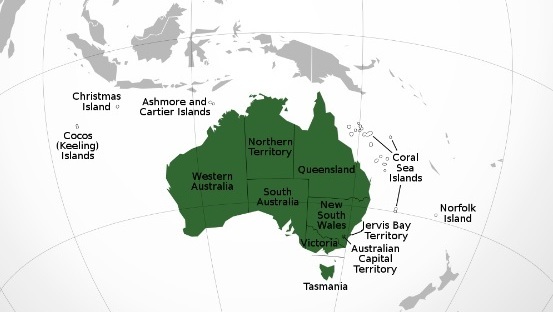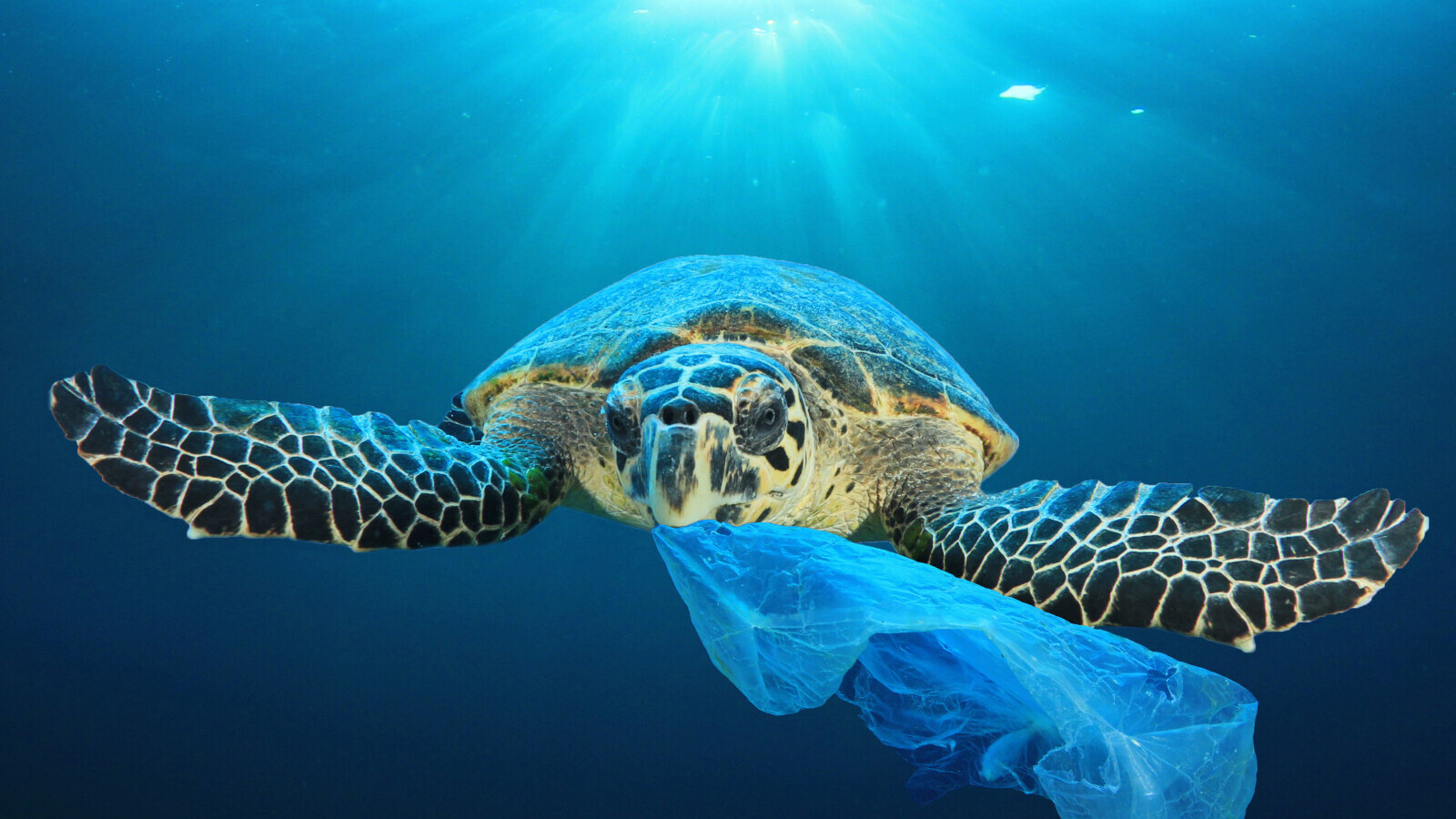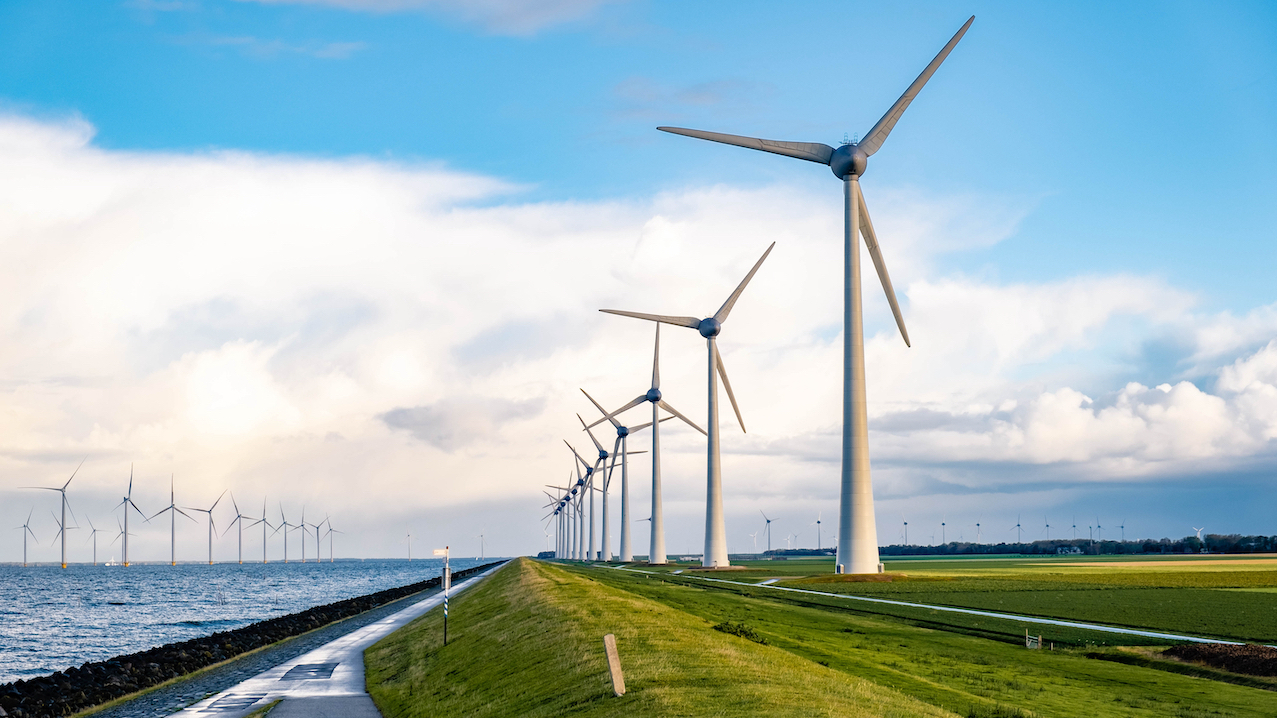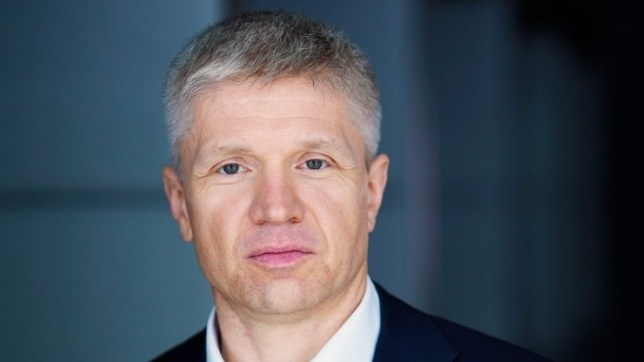Australia will need to triple the National Electricity Market’s power capacity by 2030 to be on track for net zero by 2050 – requiring a rapid rollout of wind and solar power, transmission, storage, electric vehicles, and heat pumps as the country works to replace its coal fleet, new research shows.
This is a key finding of the Net Zero Australia project, which has released final modelling results of pathways to net zero.
Net Zero Australia is a partnership of the University of Melbourne, the University of Queensland, Princeton University’s Andlinger Center for Energy and Environment, and Nous Group.
Director of the Melbourne Energy Institute University of Melbourne Professor Michael Brear said the modelling shows Australia will need all viable options to transform its energy system at an unprecedented pace and scale.
“Renewables and electrification, supported by a major expansion of transmission lines and storage, are keys to net zero,” Professor Brear said.
“But we will need an all technology, hands on deck approach. That includes a large increase in permanent carbon storage, deep underground and in vegetation, and a doubling of gas-fired power capacity to support renewables and energy storage.
“Our modelling finds that there would be no role for nuclear energy unless costs fall sharply to around 30 per cent lower than current international best practice) and renewable energy growth is constrained.”
Economic incentive
Associate Professor Simon Smart, Associate Professor in Chemical Engineering at the University of Queensland, said that Australia has a global responsibility and economic incentive to transition coal and liquefied natural gas (LNG) exports to clean commodities.
“Hydrogen made from solar, wind and desalinated water can replace our fossil fuel exports. We can also export large volumes of clean hydrogen with large scale implementation of Carbon Capture and Storage,” Associate Professor Smart said.
“Exporting green metals, particularly iron and steel made in Australia using clean hydrogen, has much lower abatement and infrastructure costs than for exporting clean hydrogen.
He added: “Our modelling also suggests that new gas fields may be needed to fulfil export demand for clean hydrogen, particularly if the growth in renewable construction rates hits limits.”
Employment and land use
Katherin Domansky, independent Steering Committee member, said that net zero would bring major changes in employment and land use which create large opportunities and challenges.
“Renewable energy has great advantages in providing a sustainable source of energy to Australia and the world,” Domansky said.
Decarbonisation will provide up to 700,000 direct jobs, mainly in regional and rural Australia, she stressed.
“However, renewables need much more land area than fossil fuels to produce a given amount of energy. Our renewable resources overlap the lands of First Nations and farming communities, and land with biodiversity value."
Investments
Dr Chris Greig, Senior Research Scientist at Princeton University’s Andlinger Center on Energy and Environment, said that around $7-9 trillion of capital will need to be committed to domestic and export energy and industrial infrastructure by 2060, which is up to six times the business-as-usual amount.
“Additional investment will be needed by households and businesses, to increase the efficiency of their heaters and vehicles, including by converting to heat pumps and electric vehicles,” Dr Greig said.
“The annualised costs of that investment in energy production, transport and use has been estimated at 8-9 per cent of GDP to 2050, which is similar to today’s level.”
Transition
Richard Bolt, Principal, Nous Group, said that the project will now examine how to mobilise the transition to net zero.
“Mobilisation will require strong and coordinated action from governments, businesses, and the public. Our next report, due in July, aims to inform the actions of all parties,” Bolt said.
“It will ask how to transform our energy system and exports, and invest in people, land and nature. We have identified key decisions to be made and will provide some answers. As with the modelling, we will base our findings on evidence not preferences," he concluded.




